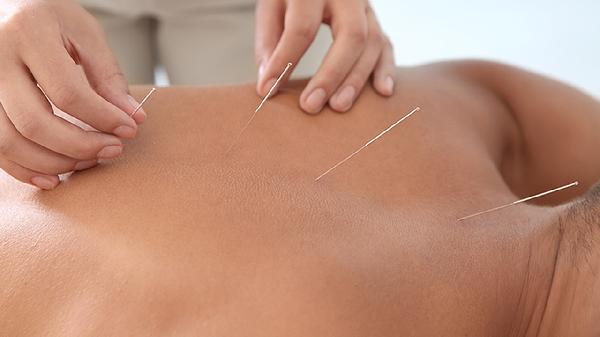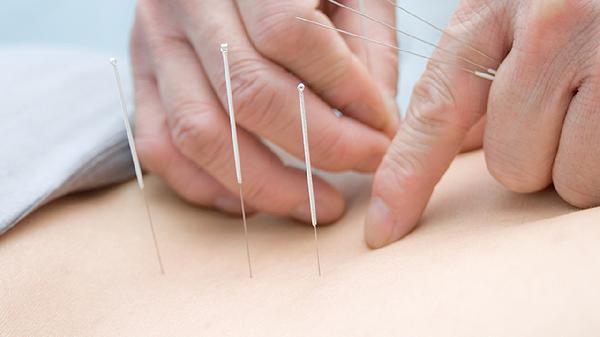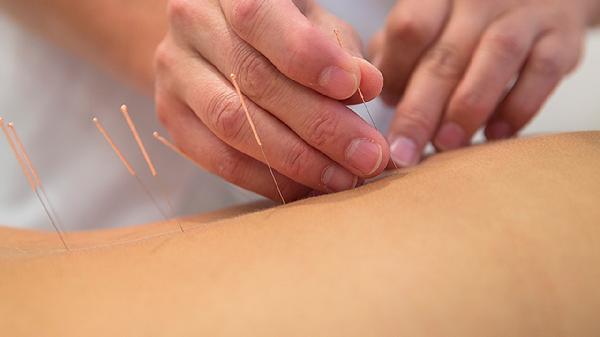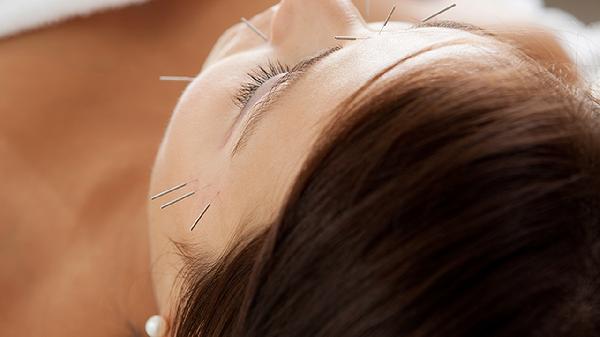Yes, acupuncture can effectively relieve lower back pain for many individuals by targeting specific points to reduce inflammation, improve blood flow, and promote natural pain relief. This ancient Chinese practice has gained recognition in modern medicine as a complementary treatment for chronic and acute lower back pain. Below, we explore how acupuncture works, its benefits, and practical considerations for those seeking relief.

How Acupuncture Works for Lower Back Pain
Acupuncture involves the insertion of thin, sterile needles into specific points on the body, known as acupoints. These points are believed to correspond with pathways, or meridians, that regulate the flow of energy (Qi) in the body. When needles are inserted, they stimulate the nervous system, triggering the release of endorphins and other natural pain-relieving chemicals. Additionally, acupuncture can reduce inflammation and improve blood circulation to the affected area, aiding in the healing process.
Scientific Evidence Supporting Acupuncture
Numerous studies have demonstrated the effectiveness of acupuncture in treating lower back pain. For example, a review published in the Journal of Pain found that acupuncture significantly reduced pain intensity and improved function in patients with chronic lower back pain. Another study in the Annals of Internal Medicine concluded that acupuncture was more effective than standard care for alleviating chronic back pain. While individual results may vary, these findings highlight acupuncture’s potential as a viable treatment option.
Benefits of Acupuncture for Lower Back Pain
One of the primary advantages of acupuncture is its ability to provide relief without the side effects often associated with medications or invasive procedures. It is a non-pharmacological approach that can complement other treatments, such as physical therapy or chiropractic care. Acupuncture also addresses the root causes of pain, such as muscle tension or poor circulation, rather than merely masking symptoms. Additionally, it promotes overall well-being by reducing stress and improving sleep quality, which can further alleviate pain.
What to Expect During an Acupuncture Session
During an initial consultation, a licensed acupuncturist will assess your medical history, pain levels, and specific symptoms to create a personalized treatment plan. The procedure itself is generally painless, with most patients reporting a mild tingling or warmth at the needle sites. Sessions typically last between 20 to 40 minutes, and a series of treatments may be recommended for optimal results. It’s essential to choose a qualified practitioner who adheres to strict hygiene and safety standards.
Combining Acupuncture with Other Treatments
For enhanced results, acupuncture can be combined with other therapies. Physical therapy exercises can strengthen the muscles supporting the lower back, while yoga or stretching can improve flexibility and reduce tension. Heat therapy, such as warm compresses or heating pads, can also complement acupuncture by relaxing tight muscles. Always consult with your healthcare provider to ensure a coordinated and safe approach to your treatment plan.
Potential Risks and Considerations
While acupuncture is generally safe, it may not be suitable for everyone. Individuals with bleeding disorders, pacemakers, or severe skin conditions should consult their doctor before trying acupuncture. Some people may experience minor side effects, such as bruising, soreness, or dizziness, but these are typically short-lived. It’s crucial to seek treatment from a licensed and experienced acupuncturist to minimize risks.
How to Find a Qualified Acupuncturist
When selecting an acupuncturist, look for credentials such as certification from the National Certification Commission for Acupuncture and Oriental Medicine (NCCAOM) in the United States. Ask for recommendations from your healthcare provider or trusted sources, and read reviews to gauge the practitioner’s reputation. A good acupuncturist will take the time to understand your needs and explain the treatment process clearly.
Long-Term Strategies for Managing Lower Back Pain
While acupuncture can provide significant relief, it’s essential to adopt long-term strategies to prevent recurring pain. Maintaining a healthy weight, practicing good posture, and engaging in regular physical activity can strengthen the back and reduce strain. Ergonomic adjustments, such as using a supportive chair or mattress, can also make a difference. Stress management techniques, like meditation or deep breathing, can further alleviate tension in the lower back.
Conclusion: A Holistic Approach to Pain Relief
Acupuncture offers a promising solution for those struggling with lower back pain, providing a natural and holistic alternative to conventional treatments. By addressing both the physical and emotional aspects of pain, acupuncture can help you regain mobility and improve your quality of life. If you’re considering acupuncture, consult with a qualified practitioner to explore how this ancient practice can be tailored to your unique needs. Remember, managing lower back pain is a journey, and combining acupuncture with healthy lifestyle choices can lead to lasting relief and well-being.
























